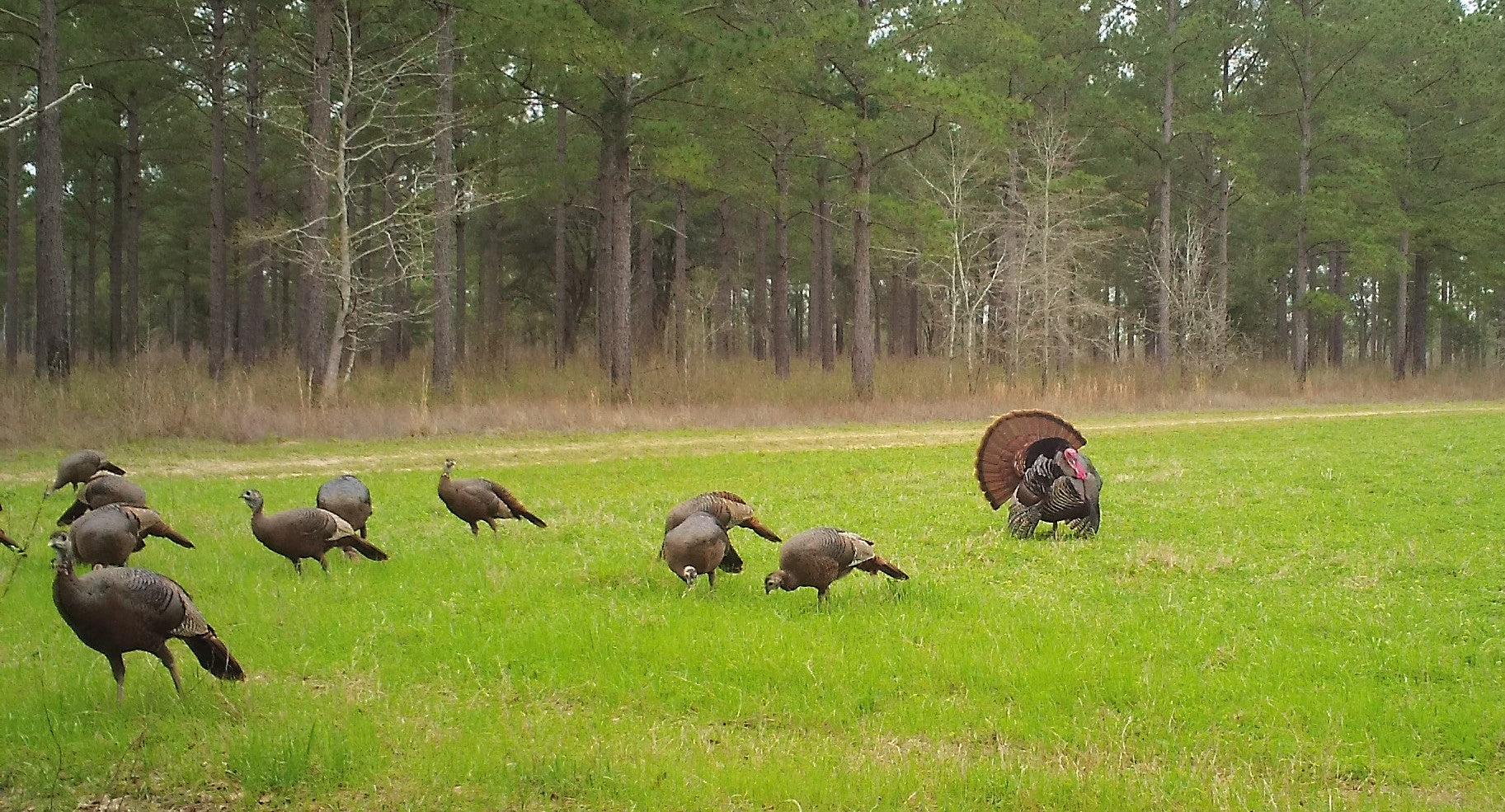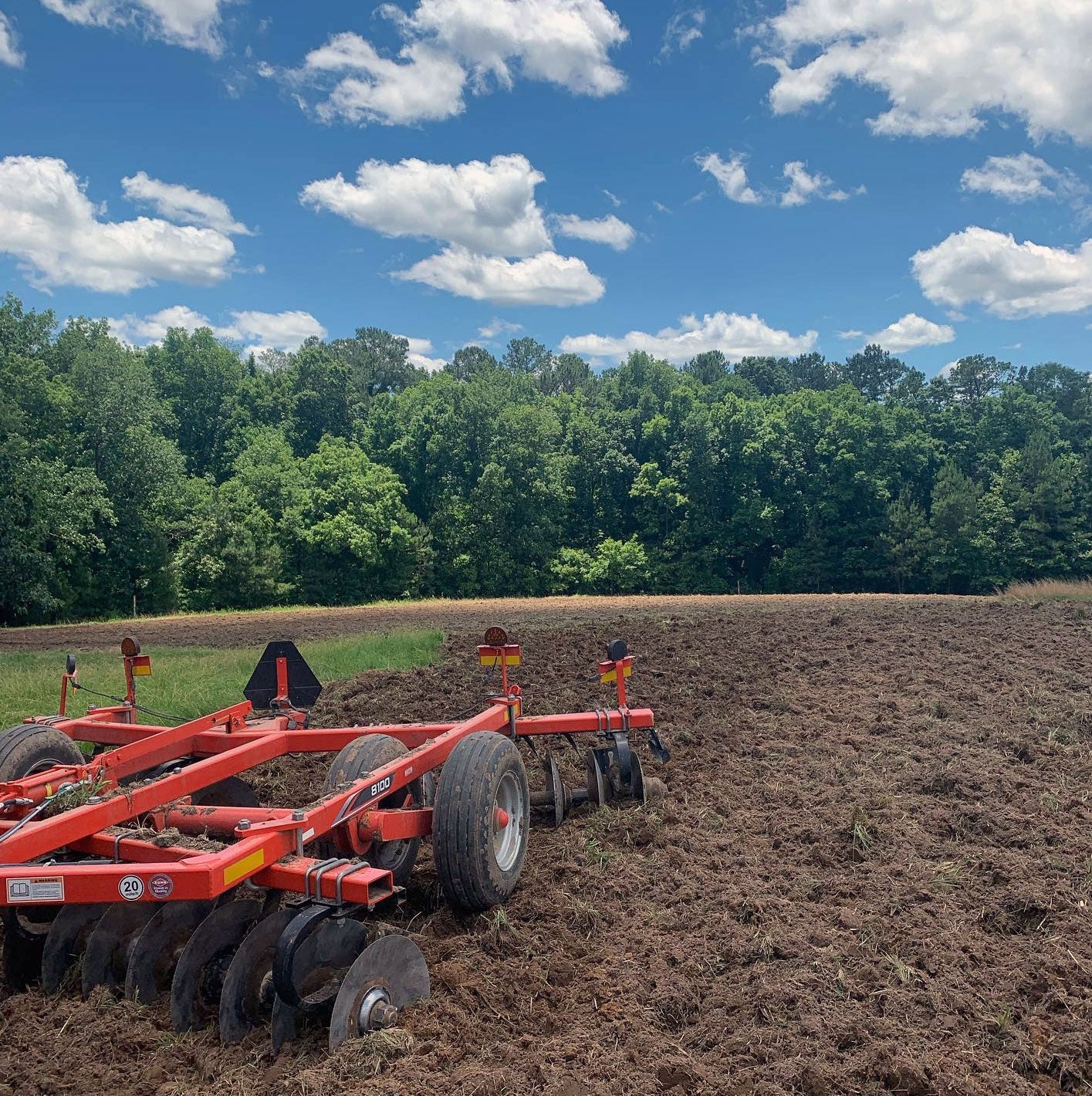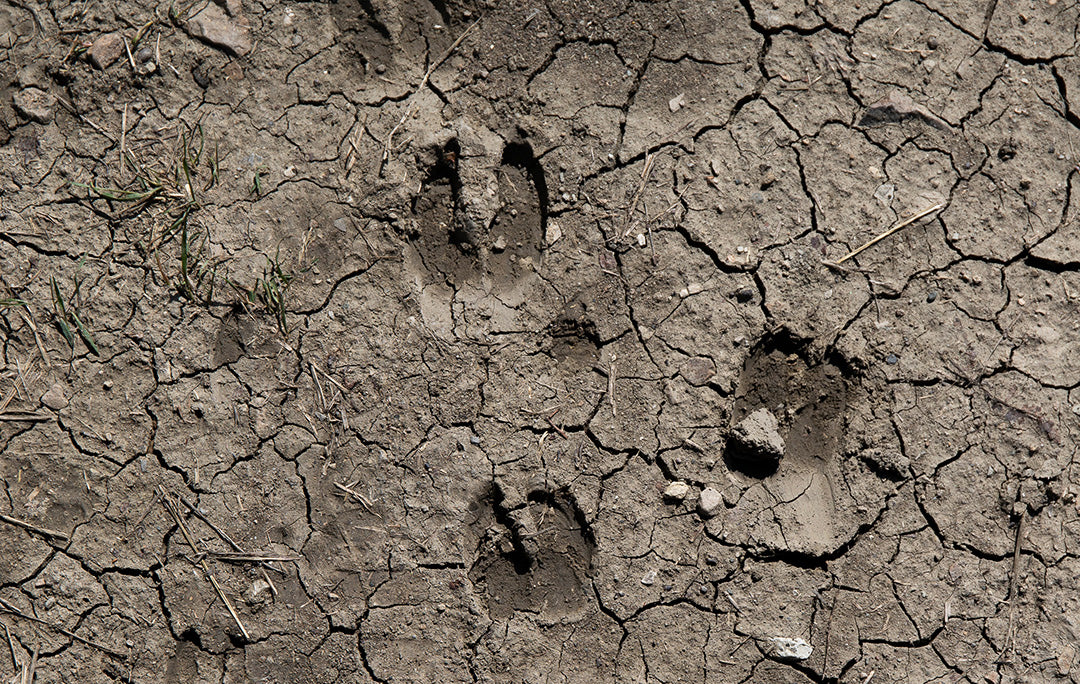A couple of weeks ago, we discussed site selection, soil types and determining your soil fertility when planting Tecomate seed products. In this article, we will cover fertility and inoculation, land preparation, weed control and planting information.
Fertility and Inoculation
Once you know your soil’s residual fertility and pH from the soil test, then better, more economical decisions can be made to amend the soil to the levels needed for optimum production.
Fertilizer
There are many different materials which make up fertilizer whether it is in bags or bulk. The plant does not know the difference. It can only take up the fertilizer elements through its roots in certain forms and does care if that form comes from ammonium nitrate or cow manure. Fertilize according to the soil test.
One note of caution: your recommendation may come back with no requirement for adding Nitrogen due to legumes in the mix. Monster Mix, Max Attract 50/50, Longbeard, Lablab Plus, Ultra Forage Mix and Homeplace all have non-legume products included in the brand and these will require some Nitrogen to maximize their production until some of the nodules break down to supply this element. Chicory is non-leguminous and requires Nitrogen. Lablab and Outback are 100 percent legume products and if properly inoculated require no additional Nitrogen fertilizer.
Ask for minor nutrients fertilizer if at all possible. This is more difficult in bagged products, but again these minor elements can be critical. There is an agricultural law called Liebig’s Law. What this law essentially says is the crop will be limited by the most limiting factor. In other words, a chain is only as strong as its weakest link.
Inoculation
This is an interesting relationship between a bacterium called Bradyrhizobium spp. and legume plants, i.e. clovers, peas, soybeans etc. The relationship is that the legume provides a place for the bacteria to live and in return the bacteria produce Nitrogen for the plant to grow. This is called a symbiotic relationship where each party mutually benefits from and for the other. The bacteria live in the soil on the organic matter there and infect the young root hairs and begin to multiply forming what is called a nodule. Inside the nodule the bacteria are growing with no harm to the legume and produce Nitrogen as a by-product which the plant in turn uses to grow. As these nodules are replaced or die out, some Nitrogen is supplied to non-legume crop varieties such as chicory.
Your soil may or may not have the bacteria in it for the clovers, vetches and cowpeas (including Lablab) and the bacteria needs to be added. This is accomplished by inoculating the seed with bacterial spores before planting. Your fertilizer dealer, garden center or internet resources can get you in touch with sources for inoculant. Don’t expect it to be available when you are ready to plant. Plan ahead.
Liming
If your pH comes back from the soil test indicating pH levels below 6.5, and especially if below 6.0, then liming is necessary to correct this limiting factor in successful plot production. Lime comes in two primary forms: calcitic which supplies only Calcium and dolomitic which supplies Calcium and Magnesium. If your Magnesium levels are low on the soil test, use the domomite. There are many different products which are calcitic with ground limestone being the most prevalent. These products are usually recommended in tons/acre versus pounds/acre as for other fertilizer products.
Land Preparation
Wildlife food plots are planted in soils of all types and under all types of preparation ranging from seed scattered on top of the ground to well prepared seed beds. We definitely recommend the latter. However, we do realize that equipment available to farmers and equipment available to sportsmen may not be equal. Planting of food plots is no different than planting other crops in that proper seed bed will yield the best results. There are two methods of planting that we will discuss later. These are conventional tillage and minimum tillage and each has varying degrees of field preparation involved. Naturally, conventional tillage involves plowing and disking to achieve the seedbed; whereas minimum tillage involves less to no tillage of the land. Irregardless the method, good seed to soil contact is the goal.
Weed Control
Weed control ranges from hand hoeing to chemical weed control products. Weeds are defined as any plant growing out of place. Therefore, they need to be controlled to optimize you plot production. Weed species need also to be identified in order to target the correct herbicide to the weed. Modern herbicides are very selective in what they control and some have extremely low rates of application. Some have rates of as low a few grams per acre. Here is another general rule to remember: every herbicide is a contact herbicide at a certain rate. A little is good therefore more must be better has wiped out many a stand of crop or food plot. Use herbicides according to the label instructions. Check with your country extension agent or local agricultural chemical supplier for recommendations and rates.
Planting information
Well, we are now ready to plant. As you may see from above, some of these steps should be taken weeks or months ahead of a successful planting.
Planting can be done in variations of three methods: 1) broadcast into conventionally prepared seed beds, 2) planted with planters or grain drills into conventionally prepared seed beds or 3) minimum or no-tilled in stubble or chemically treated land to kill the vegetation present. You will notice that there is no planting recommendation for broadcasting onto unprepared seed beds. This can result in failure of the product to establish a satisfactory stand and perform to your expectations and our knowledge of their potential. We both are then disappointed. It may be possible for you to contract with local farmers to till and plant the plot for you if you do not have the equipment to do it yourself. This is usually a nominal charge per acre. It is best to try and contact him when he is not planting his own crops or harvesting. His stress levels are high at those times.
Quoting from the Bible again, these verses, though certainly meant to portrait a different meaning, are quite appropriate and show that the creator of agriculture also knew how it is meant to work.
“A farmer went out to plant some seed. As he scattered it across his field, some seeds fell on a footpath and the birds came and ate them. Other seeds fell on shallow soil with underlying rock. The plants sprang up quickly but they soon wilted beneath the hot sun and died because the roots had no nourishment in the shallow soil. Other seeds fell among thorns that shot up and choked out the tender blades. But some seeds fell on fertile soil and produced a crop that was thirty, sixty and even a hundred times as much as had been planted. Anyone who is willing to hear should listen and understand.” Matthew 13:3-9 (NLT)
Each of our products carries specific recommendations for time of planting and planting depth and is available from our product guides.
Here are a few more general rules:
• Plant when soil moisture is adequate. Don’t plant and hope it will rain if you are experiencing drought conditions. Wait for rain, then plant.
• Do your homework ahead of time and you’ll have a much higher level of success.
• Plant before noon and run your rows north to south on the full of the moon. Just kidding!
Good luck and good hunting.











Leave a comment